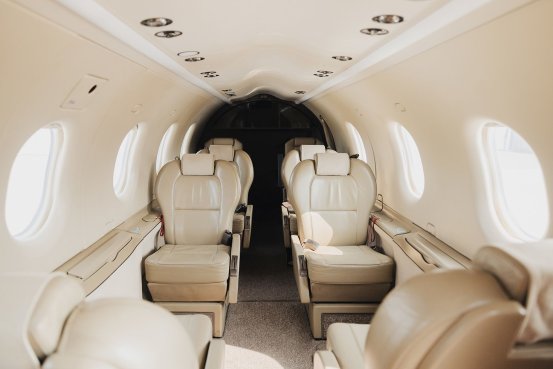The Real Price of Flying Private: What Travelers Should Know
Private aviation delivers unparalleled comfort and freedom, but before booking, it’s crucial to understand the key factors that shape the overall cost.
Private aviation delivers unparalleled comfort and freedom, but before booking, it’s crucial to understand the key factors that shape the overall cost.

What Exactly Is a Private Jet?
A private jet is an aircraft designed for exclusive use by individuals, groups, or organizations. Unlike commercial flights, private travel allows passengers to set departure times, fly directly to chosen airports, and enjoy luxury services tailored to their needs. Models range from compact jets ideal for short trips to large, long-range planes capable of international journeys.
Categories of Private Jets
Jet Category | Passenger Capacity | Range (Miles) | Best Suited For |
Light Jets | 4–8 | 1,500–2,000 | Short domestic flights |
Midsize Jets | 6–10 | 2,000–3,000 | Regional travel |
Super Midsize | 8–12 | 3,000–4,000 | Coast-to-coast or transcontinental |
Heavy Jets | 10–18 | 4,000–7,000 | Long international routes |
Source: National Business Aviation Association (NBAA)
The Role of Fuel in Pricing
Fuel is one of the largest contributors to private jet expenses. Prices shift with global oil trends, political events, and seasonal demand. Fuel burn varies by aircraft: light jets consume about 134 gallons per hour, while heavy jets may exceed 500 gallons. At an average of $6 per gallon in 2023, fuel alone can add several thousand dollars to a trip.
Seasonal Demand and Its Effect on Rates
Flight prices are not constant throughout the year. During peak times such as holiday weeks and the summer season, costs can jump by 20–30%. Traveling during off-peak months—such as January or September—often results in noticeable savings.
How Aircraft Selection Shapes Cost
The choice of plane directly affects the total price due to differences in size, distance capability, and luxury features.
Passenger Load: Larger groups typically need midsize or heavy jets.
Route Length: Longer journeys require extended-range aircraft.
Onboard Comforts: Services such as Wi-Fi, catering, or entertainment systems raise the price.
Extra Charges to Keep in Mind
Base flight rates don’t cover everything. Additional fees may include:
Landing Charges: Airports levy fees based on jet weight and location.
Crew Expenses: Pilots and staff accommodations add costs for overnight stays.
De-Icing: Winter travel can generate significant seasonal surcharges.
Programs for Frequent Flyers
Travelers who fly often may benefit from structured membership options:
Jet Cards: Prepaid hours at guaranteed hourly rates.
Fractional Ownership: Shared ownership models granting yearly flight time.
These arrangements work well for frequent users but require a considerable upfront commitment.
Market Competition and Pricing Dynamics
Because private aviation is competitive, pricing often shifts in response to supply and demand:
Dynamic Pricing: Costs adjust in real time depending on availability.
Special Offers: Operators frequently provide discounts during slower travel periods.
Smart Ways to Cut Costs
Book in Advance: Early reservations usually lock in lower rates.
Empty Leg Flights: Discounted one-way flights when jets return to base.
Travel Off-Peak: Avoiding peak periods helps reduce expenses.
Common Questions
Q1: What’s the hourly cost of a private jet?
Generally ranges between $2,000 and $10,000, depending on aircraft type and distance.
Q2: Do private jets impact the environment heavily?
Yes, emissions per passenger are higher, though some operators now offer carbon offset programs.
Q3: Can pets be brought onboard?
Most operators allow pets, but policies differ by provider.
Q4: What is an “empty leg” flight?
A discounted trip offered when an aircraft is repositioning without passengers.
Q5: Are security checks necessary?
Yes, but the process is significantly faster and less intrusive than at commercial terminals.
Note: This information is based on data available in 2023. Prices, rules, and policies vary depending on region and provider. Always verify details directly with charter companies before booking.

